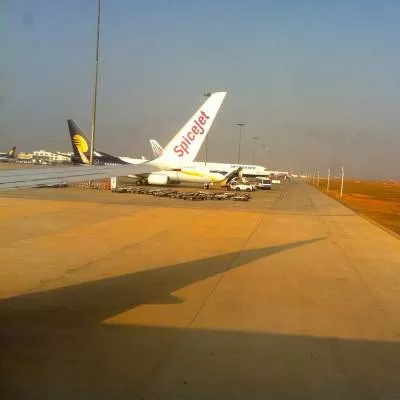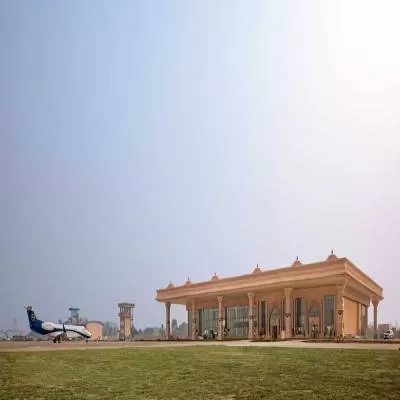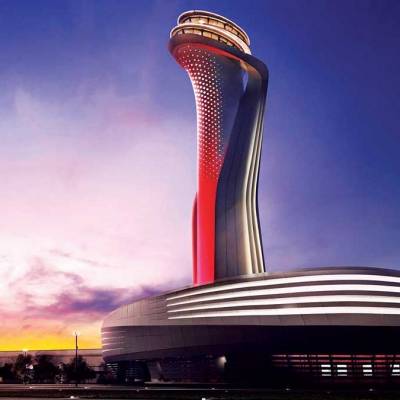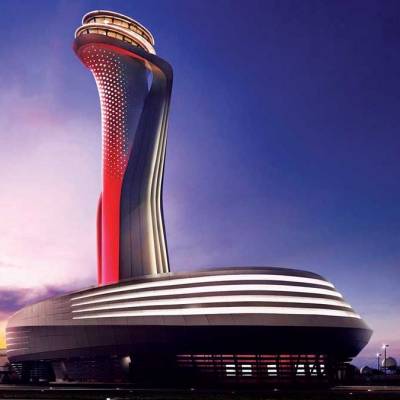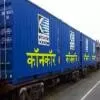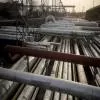Construction Technologies Post COVID-19
01 Jun 2020
82 Min Read
Editorial Team
CW’s webinar discussed the immense benefits of adopting technologies in construction, the way forward, and more...?
CW conducted a webinar on ‘Construction Technologies Post COVID-19’, powered by Fuji Silvertech Concrete, which witnessed over 1,200 attendees tuning i...
Read full article
Try CW Gold Subscription at 167/Month
CW Gold Benefits
- Weekly Industry Updates
- Industry Feature Stories
- Premium Newsletter Access
- Building Material Prices (weekly) + trends/analysis
- Best Stories from our sister publications - Indian Cement Review, Equipment India, Infrastructure Today
- Sector focused Research Reports
- Sector Wise Updates (infrastructure, cement, equipment & construction) + trend analysis
- Exclusive text & video interviews
- Digital Delivery
- Financial Data for publically listed companies + Analysis
- Preconceptual Projects in the pipeline PAN India


